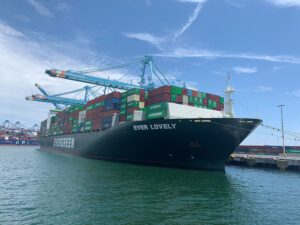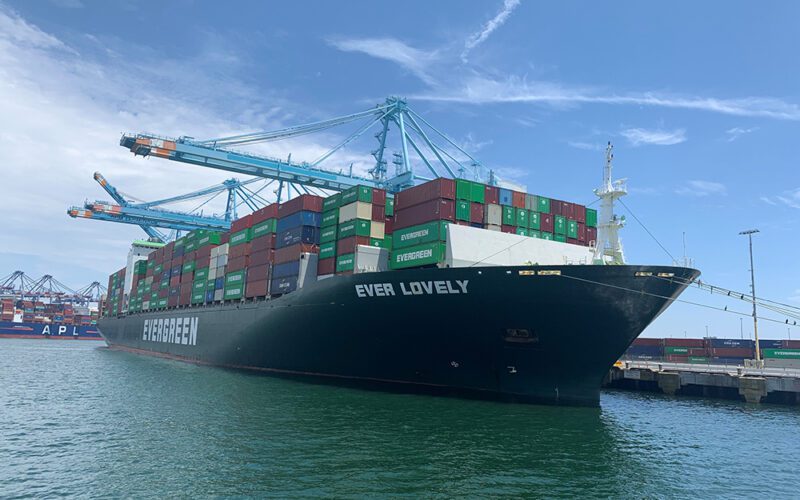
Despite positive cargo numbers at the Oakland, San Diego and Hueneme seaports, imports at U.S. West Coast seaports in October fell 22.7% year-over-year, and by 15% at the Canadian ports of Vancouver and Prince Rupert in British Columbia, according to the Pacific Merchant Shipping Association’s latest West Coast Report, released Dec. 21.
“October was pretty much a dreadful month for container import traffic through Pacific Coast ports,” according to the report.
For the third straight month, the Port of New York and New Jersey bested Los Angeles, the port’s biggest West Coast seaport, in imports, exports and empties and overall TEUs in October.
Meanwhile, the Port of Long Beach led the nation in exports in October, moving 119,761 TEUs, beating Houston’s 118,781 TEUs, Savannah’s 116,297 TEUs, New York-New Jersey’s 112,325 TEUs and Los Angeles’ 89,722 TEUs.
“Having been tested by an unprecedented surge in imports for much of the pandemic, the Port of LA saw much less container traffic than it had in the pre-pandemic October of 2019,” the report stated.
Los Angeles handled 336,307 imported TEUs in October, down 14.4% from the 392,769 TEUs the port had processed three years ago. Its outbound loads of 89,722 TEUs in October dropped 36.1% from the 140,332 outbound loaded TEUs it moved in October 2019.
Overall cargo volume in October for Los Angeles — 678,429 TEUs — was down 11.9% from the 770,189 TEUs of October 2019.
“With cargo owners bringing goods in early this year, our peak season was in June and July instead of September and October,” Port Executive Director Gene Seroka said during a Nov. 15 media briefing.
“Additionally, cargo has shifted away from the West Coast as some shippers await the conclusion of labor contract negotiations (between the Pacific Maritime Association and the International Longshore and Warehouse Union),” he said. “We’ll do everything in our power to get that cargo back.”

